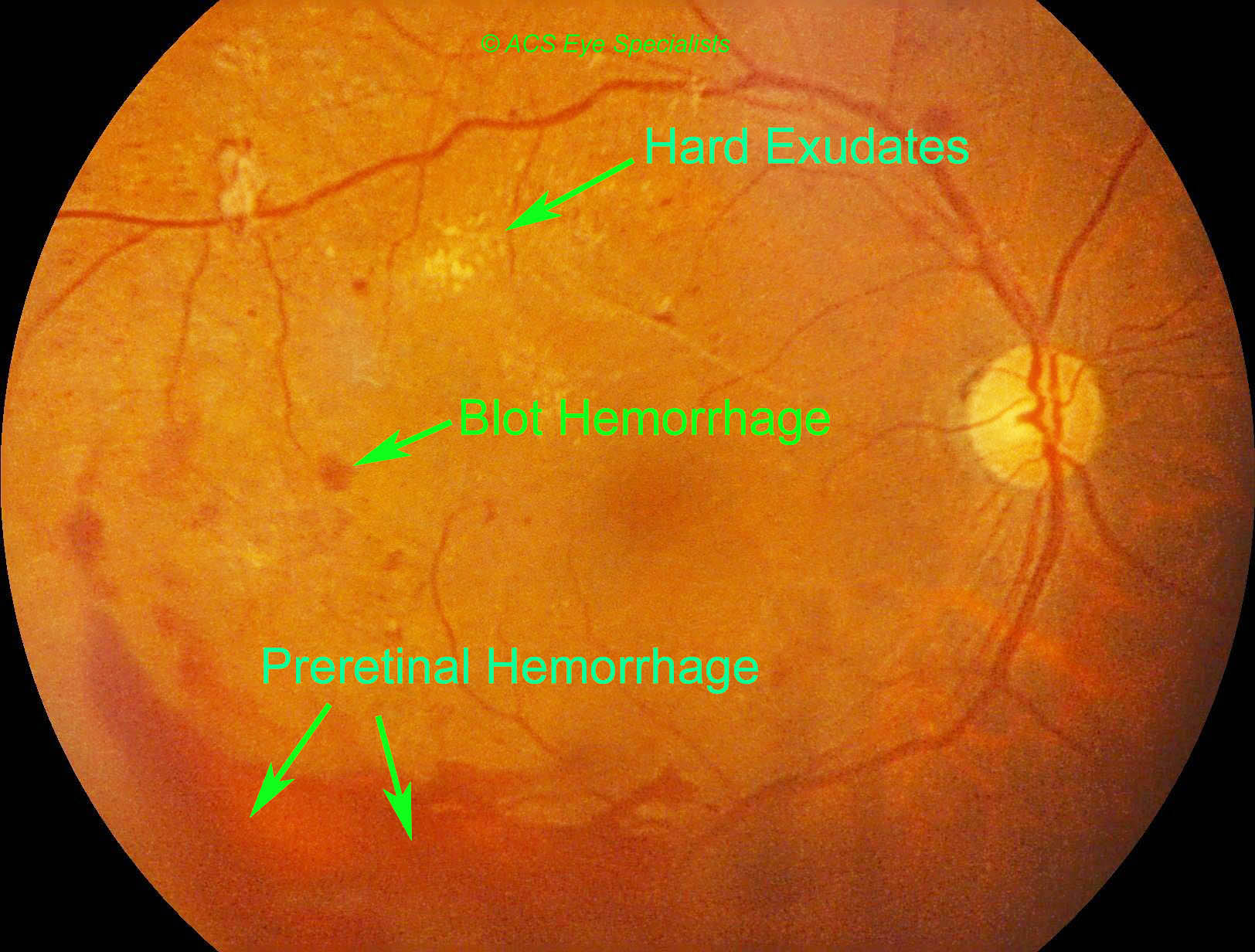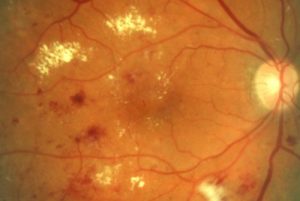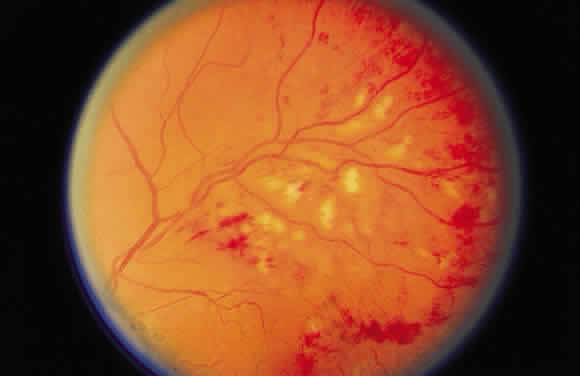


By 2030 an estimated 191.0 million people globally will have diabetic retinopathy, and approximately 56.3 million will have vision-threatening diabetic retinopathy. As the disease progresses, associated diabetic macular edema ( DME) may also become apparent.Īmong patients aged 25-74, diabetic retinopathy is a leading cause of vision loss worldwide. It ranges from non-proliferative diabetic retinopathy (NPDR) and its stages to proliferative diabetic retinopathy (PDR). This prevalence, in concert with the associated diseases that usually coincide with (and result from) diabetes should solidify the importance of being familiar with this disease process.ĭiabetic retinopathy represents microvascular end-organ damage as a result of diabetes. An estimated 34.1 million Americans aged 18 years or older, 13.0% of all U.S. Since then, advancements in medicine have led to multiple new medication therapies and approaches to treat diabetes mellitus.ĭespite this, diabetes remains one of the top ten most prevalent and important non-infectious causes of morbidity and mortality worldwide. In 1889 Mering and Minkowski discovered the relevance of the pancreas in this disease process after inducing a severe and fatal form of diabetes in a dog following removal of the pancreas. 3.2.2 Proliferative Diabetic Retinopathyĭiabetes mellitus as a disease was identified as far back as 250-300 BC and was characterized by the sweet properties of urine.2.7.1 Macular edema with retinal hemorrhages.2.4.2 Proliferative diabetic retinopathy.2.4.1 Classification of Non-proliferative diabetic retinopathy.Intraretinal hemorrhages similar to those found in the retinopathy associated to blood dyscrasias could be an association with SARS-CoV-2 in the context of a coagulopathy induced by the infection.ĬOVID-19 SARS-CoV-2 intraretinal hemorrhages novel coronavirus ophthlamology. After 1 month of the COVID-19 treatment, fundus examination improved and fluorescein angiography demonstrated no diabetic retinopathy signs, no retinal vasculitis and no significant delay in arterial or venous filling. Fundus examination revealed bilateral venous stasis and dot and blot intra-retinal hemorrhages preceding the diagnosis of COVID-19 in a patient with mild respiratory symptoms that progressed within a few days to a severe respiratory distress.

We report here the first case of a patient with bilateral unusual dot-blot retinal hemorrhages and retinal venous dilation who presented shortly thereafter a PCR-proven COVID-19.Ī 59-year-old woman presented with a 7 days history of blurred vision in both eyes. As the pandemic is spreading and the whole picture is yet unknown, ophthalmologists should be aware of unusual ocular presentations of COVID-19 since they could precede the development of severe respiratory distress. There have been anecdotal reports of ocular manifestations in the Coronavirus Disease 2019 (COVID-19).


 0 kommentar(er)
0 kommentar(er)
